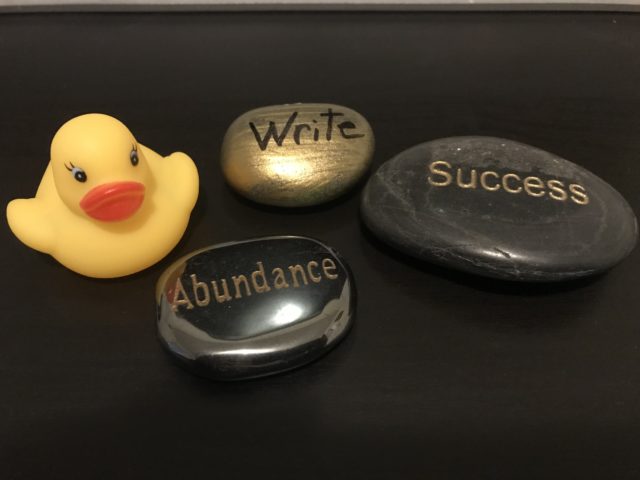My Research Triad

What can I say? Yay for my PLN. I would not be who I am without them. I am so grateful for these people. So caring, loving, and supportive. It goes to one of my core beliefs… We are better together than apart. I was reminded of that during my meeting this morning with Nina Pak Lui from Trinity Western University (TWU) and Dr. Gillian Judson from Simon Fraser University (SFU). We want to be transparent with our study and one way to collect data is blogging. They won’t mind me mentioning them in my blog. We are embarking on a unique research study where we will be the principal investigator at our universities and we will collaborate mid-process to compare our findings and interpret results. We are moving forward together on three (makes one) research project that is looking at Assessment for Learning (AFL), Imaginative Education, and Higher Education.
I love how we are all able to meet from three different areas of the province via video conferences. We talk about where we are in our careers and how we are doing. Then we discuss what we are doing with respect to AFL, Imaginative Education, and Higher Education. I love how we can share ideas, be curious together, and discuss what we are observing and experiencing. It’s a different world in higher education when research and publishing is a fierce endeavour. What I am enjoying about our RESEARCH TRIAD is that we are mutually supporting each other. We are simultaneously working on our own research. And, we will collaborate throughout and at a later time mutually agreeing on timelines, action plans, and regular check-ins. I like how we are learning together. I also like each of us walked away with ideas such as using the single point rubric, using objects as metaphors of self/teaching/learning, and using hashtags to pre-and post-assess.
We also talked about not putting any percentages on our course syllabus. I did it. One got permission. And the other wished she had. It’s a bold move in higher education not to put percentages for each assignment or percentages next to letter grades. We are trying to shift a mindset with AFL from grade acquisition to learning and meeting an expectations. This is a specific set of criteria that can be made into a SINGLE POINT RUBRIC. From “getting it” and reflecting and self-assessing what one has to work on next… to “got it,” they have mastered the intended learning outcome and the student has evidence of their learning to substantiate their academic achievement. The student becomes part of the assessing and evaluating process. We do this at the UNBC School of Education during practicum where students self-assess their “ability to teach” and “be a teaching professional” by referring to the standards. What are they working on or what have they achieved, they need to provide evidence to track their learning and growth.
I really like the single point rubric but it’s pretty difficult to translate this framework back into a letter grade. We get back into the competition and acquisition of grades versus learning and achieving high standards, knowing why they met expectations, and/or know what they have to work on next (and why). Isn’t that what learning is all about?